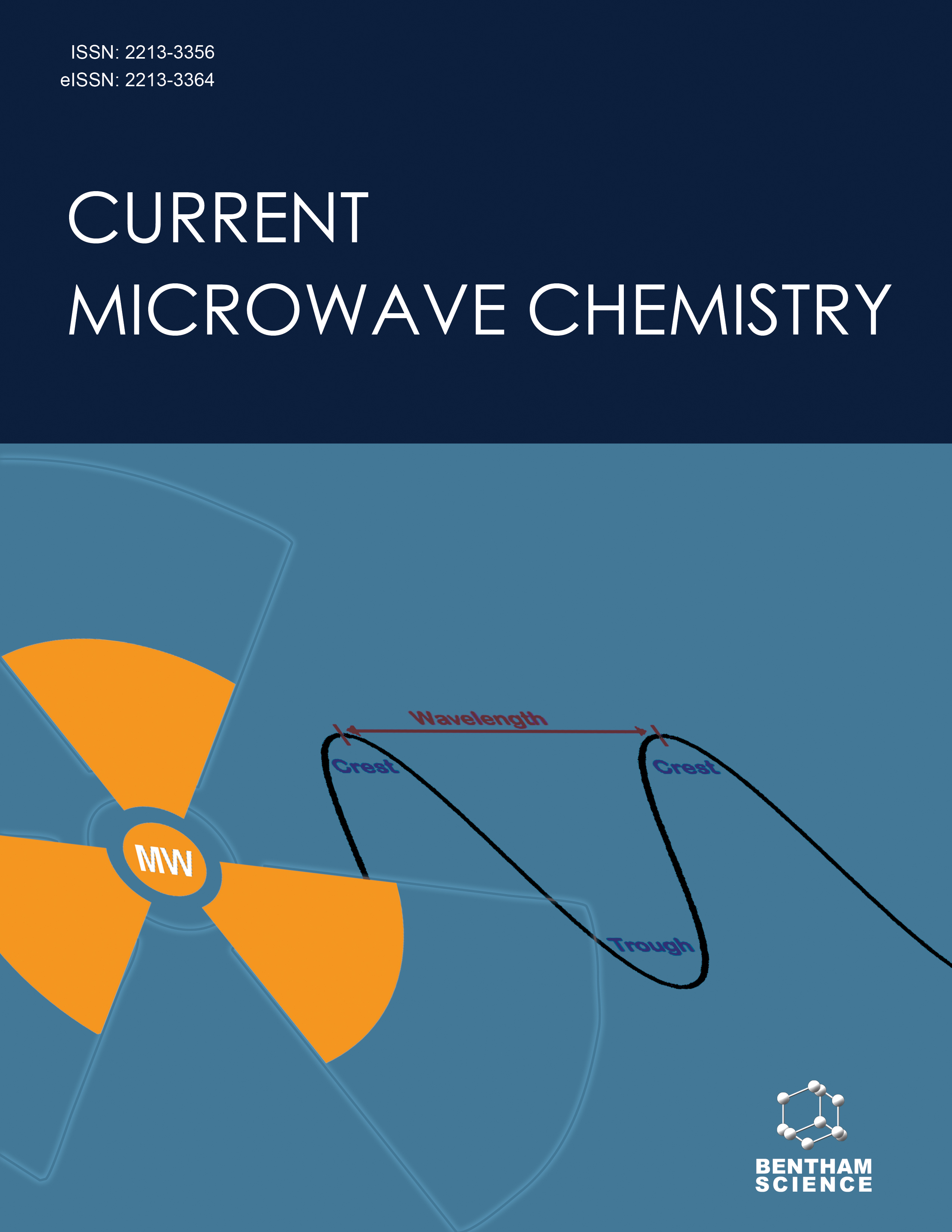
Full text loading...
We use cookies to track usage and preferences.I Understand
Transition-metal catalysed activation of unreactive C-H bonds and subsequent C-C bond formation has emerged as a principal and essential tool in the field of synthetic organic chemistry. On the other hand, the microwave heating technique has been intensively used to carry out organic transformation of almost all kinds and has become a promising non-conventional technique for performing synthetic reactions. Direct C-H activation for C-C bond-forming reactions using ruthenium as a catalyst is currently a hot topic and represents a cost-effective synthetic pathway in organic chemistry which is accompanied by the advantages of MW irradiation resulting in shorter reaction time and greener as well as sustainable accomplishments.

Article metrics loading...

Full text loading...
References


Data & Media loading...

